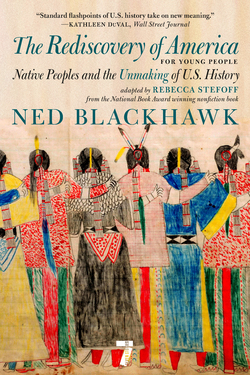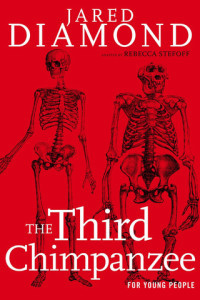La brillante y conmovedora historia del pueblo estadounidense para lectores de escuela intermedia y secundaria, ahora revisada y actualizada para el centenario del nacimiento de Howard Zinn.
Traducido por Hugo García Manríquez
La historia del pueblo de Estados Unidos para jóvenes cuenta las historias de obreros, personas esclavizadas, inmigrantes, mujeres, personas negras, latinoamericanos, asiaticoestadounidenses, indígenas estadounidenses y otros que comúnmente son excluidos de libros de texto pero que constituyen parte de la fuerza impulsora de la historia de nuestra nación. Comenzando con un vistazo a la llegada de Cristóbal Colón desde la perspectiva de los indígenas arahuacos, atravesando las luchas por los derechos civiles, derechos de los trabajadores y derechos de las mujeres a lo largo de los siglos diecinueve y veinte y concluyendo con los movimientos sociales actuales que exigen acción contra el cambio climática y justicia racdeial, Zinn propone una nueva y radical manera de comprender la historia de los Estados Unidos. Al hacerlo, les recuerda a los lectores que el camino de los Estados Unidos puede ser trazado por el pueblo en vez de los generales militares o los políticos. Esta edición revisada y actualizada incluye nuevos capítulos sobre la historia de los latinos en los Estados Unidos de Ed Morales, así como también actualizaciones y revisiones cortas a lo largo del texto de Rebecca Stefoff.



























